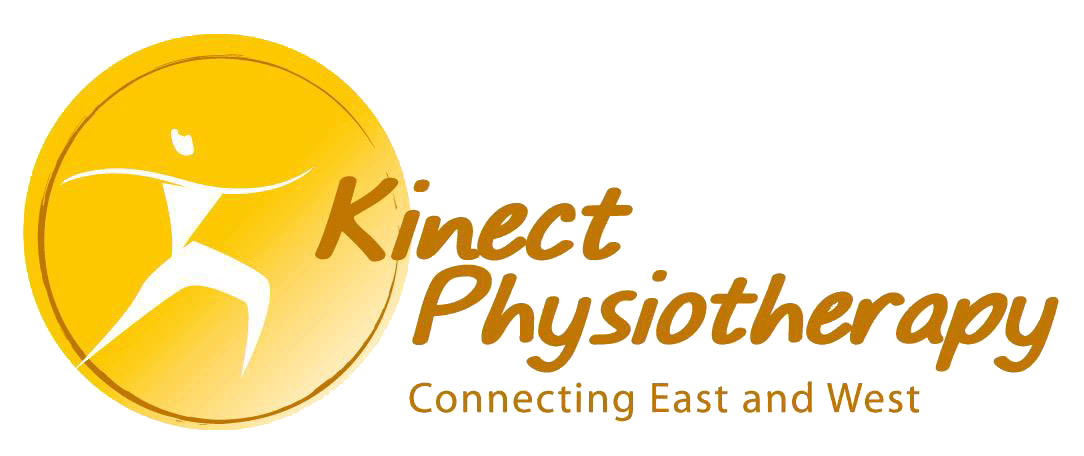Pilates

What is Pilates?

How does it work ?
Pilates Principles

Centering
Energetically, Pilates exercises are sourced from the center. This principle basically means physical bringing the focus to the center of the body or the powerhouse area between the lower ribs and pubic bone.
Concentration
The practitioner is encouraged to commit fully to the workout being performed. A maximum value will be obtained from each movement if full attention is brought to the workout.
Control
In a nutshell no body part is left to its own device. The practitioner must have complete muscular control when doing any Pilates exercise.

Precision
As a practitioner, awareness must be sustained throughout the workout. Appropriate placement, alignment relative to other body parts, and trajectory for each body part must be followed while performing Pilates method.
Breath
Using breath properly is an integral part of Pilates exercises. The founder of Pilates emphasised the used of full breaths in exercises.
Flow
Pilates exercises are done with fluidity, grace and ease. The energy of an exercise connects all body parts and flows through the body in an even way thus a proper execution of the three are essential to best results.

If interested, do not hesitate to call us at (07) 3711 2699. We’ll gladly answer your questions and attend to your concerns.
What is Pilates?
How does it work ?
Pilates Principles
Centering
Energetically, Pilates exercises are sourced from the center. This principle basically means physical bringing the focus to the center of the body or the powerhouse area between the lower ribs and pubic bone.
Concentration
The practitioner is encouraged to commit fully to the workout being performed. A maximum value will be obtained from each movement if full attention is brought to the workout.
Control
In a nutshell no body part is left to its own device. The practitioner must have complete muscular control when doing any Pilates exercise.
Precision
As a practitioner, awareness must be sustained throughout the workout. Appropriate placement, alignment relative to other body parts, and trajectory for each body part must be followed while performing Pilates method.
Breath
Using breath properly is an integral part of Pilates exercises. The founder of Pilates emphasised the used of full breaths in exercises.
Flow
Pilates exercises are done with fluidity, grace and ease. The energy of an exercise connects all body parts and flows through the body in an even way thus a proper execution of the three are essential to best results.
If interested, do not hesitate to call us at (07) 3711 2699. We’ll gladly answer your questions and attend to your concerns.
Get In Touch With Us
Google Reviews
EXCELLENTTrustindex verifies that the original source of the review is Google. Tony 非常專業 非常有經驗 和善且有耐心Posted onTrustindex verifies that the original source of the review is Google. Would recommend Fiona Eastgate she is so caring and has always helped me . The staff are so helpful and friendly.Posted onTrustindex verifies that the original source of the review is Google. Great service. Got my hand treated here.Posted onTrustindex verifies that the original source of the review is Google. The whole Kinect team are friendly and wonderful. Sabrina is a fantastic physio including acupuncture. She works wonders.Posted onTrustindex verifies that the original source of the review is Google. Love this physio . They are all so friendly and helpful . They have all gone above and beyond to help me since I've started coming to see fiona . Highly recommend fiona and kinect .Posted onTrustindex verifies that the original source of the review is Google. Sabrina is great and always happy with her professionalism and service! Thank you all. You are a great teamPosted onTrustindex verifies that the original source of the review is Google. Very positive treatment. I have had Tony look after my condition for well over 15 years on a regular basis. I could not be happier with his treatment & have him to thank for making a progressive & difficult condition managable & most bearable. I have great praise for Tonys knowledge & care; recommending him to many friends & familyPosted onTrustindex verifies that the original source of the review is Google. Can't say enough for what Toni does for my back would recommend kinect physiotherapy to my family and friendsPosted onTrustindex verifies that the original source of the review is Google. WowWowWow Best ever After my visit What a relief !!


